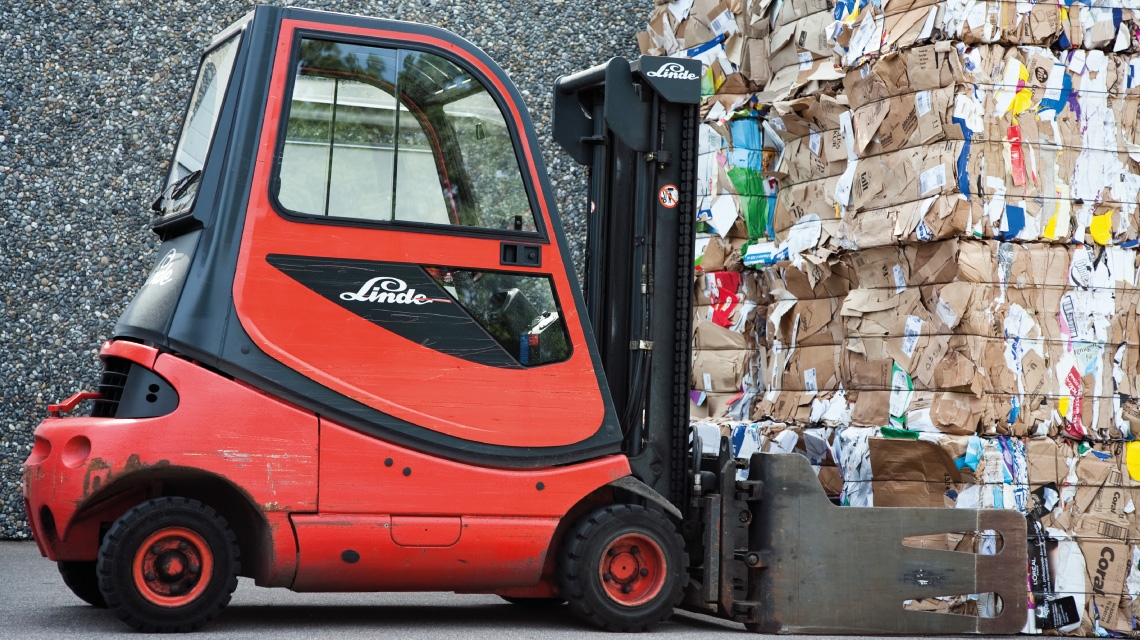Most of us don’t bat an eyelid at throwing out leftover food, peels, cores, scraps from the table and wrappers. Metal, glass and plastic, yes, we realise these things can be recycled. But organic waste such as a banana peel? What value does that have?
How about powering a jet plane? Or making shampoo that’s better for the environment? Organic and cellulosic municipal solid waste – the food and paper we mostly throw out – can be broken down into their most basic form, providing a ready supply of sugars. These can be used to produce biofuels and biochemicals that could help replace the petrochemicals we rely on so heavily.
In Abu Dhabi alone, there is very large potential to put this organic waste to use. The capital’s residents produce more than 2,000 tonnes of the stuff every day, nearly all of which goes into landfill.
That is neither efficient nor sustainable – it takes up land that could otherwise be used more productively and risks contaminating the soil and groundwater.
Turning it instead into biofuel or biochemicals would avoid this loss of land while producing a renewable energy or resource that can be used or sold.
But there is a major stumbling block. Collecting, sorting and processing waste is a relatively expensive and complicated process. It requires the creation of an infrastructure where waste can be sorted – ideally at the point of disposal through separated bins – and then processed in an easy and cost-effective way to quickly break down the waste so that its caloric value – the energy it contains – can be utilised.
At the Masdar Institute we are researching the latter question, looking at Masdar City as a model for Abu Dhabi as a whole. We will evaluate the available technologies and methods, economic feasibility, and the processes that turn the biomass into biogas and biochemical. This information can then be used to develop a realistic and detailed strategy for Abu Dhabi and similar urban landscapes.
One way we are exploring is the use of enzymes to act on the various components of household waste. This kind of “pre-processing” can save time and money. The enzymes liquefy the organic part of the waste while nonorganic waste like plastics stays solid. The liquid can be easily drained off to be used as food for microorganisms, producing biofuels or biochemicals. Different microorganisms can make a variety of products – methane (biogas) that can be used for to generate heat and electricity or power cars, bioethanol or bio-butanol, liquid fuels that can also power cars, and “green” chemicals that can replace petrochemicals in everything from beauty products to polymer production.
The global petrochemical market is estimated at more than US$3 trillion a year and rising.
As fossil fuels become more costly to extract – both financially and environmentally – mankind will need affordable and secure alternatives.
Research such as ours will help provide a necessary alternative, not only to help sustainably power Abu Dhabi’s further growth, but also provide it with valuable export products while solving the problem of waste disposal.
Biofuels and biochemicals will surely have a greater role to play in our carbon-constrained future. Our waste is a resource we cannot afford to “waste”. And research projects like ours will help ensure that green alternatives are economically feasible and ready when we need them.
Dr. Mette Hedegaard Thomsen is an assistant professor of chemical engineering at the Masdar Institute of Science and Technology
http://www.thenational.ae/news/uae-news/environment/how-enzymes-deal-with-rubbish-we-cannot-afford-to-waste

